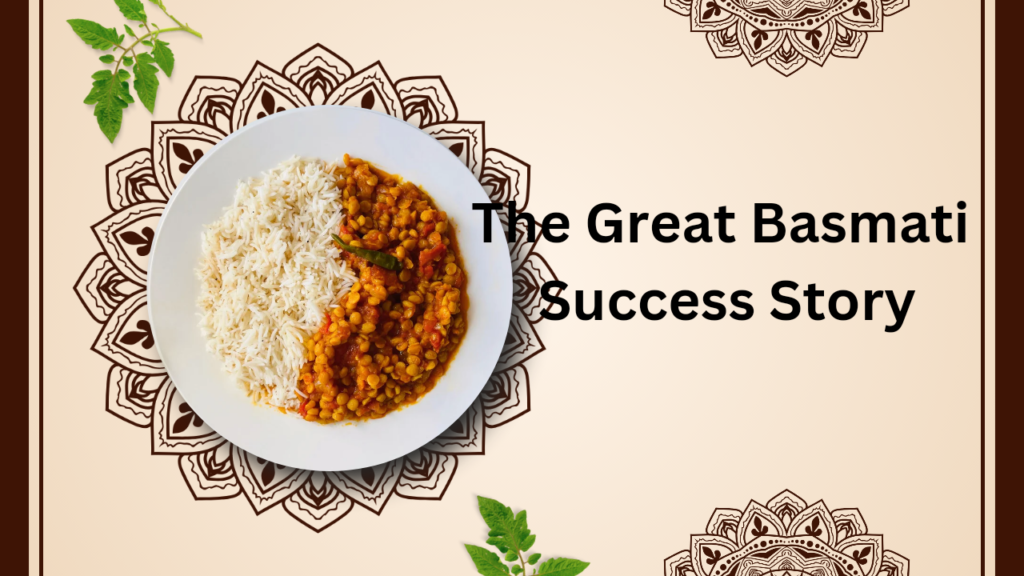The Great Basmati Success Story: Here’s How India’s Basmati Exports Grew From $200 Million To Nearly $5 Billion.

Over the past three decades, there has been a remarkable evolution in India’s basmati rice exports.
Historically, annual exports were relatively modest, hovering around 0.3-0.35 million tonnes and valued at approximately $200-$250 million.
However, in recent times, these numbers have skyrocketed, with exports reaching an impressive 4.5-4.6 million tonnes and commanding a staggering worth of $4.7-4.8 billion.
This extraordinary success narrative owes much of its credit to the unwavering dedication of the scientists at the Indian Agricultural Research Institute (IARI) in New Delhi.
Before the late 1980s, Indian farmers predominantly cultivated traditional basmati rice varieties known for their towering plants, standing at a height of 150-160 cm. These plants were prone to lodging, and their yield was rather modest, averaging about 10 quintals of paddy per acre. Some of the traditional varieties included Taraori and Dehraduni.
The turning point in the basmati rice industry arrived in 1989 with the introduction of Pusa Basmati-1 (PB-1), an improved variety that emerged from the diligent efforts of a team of scientists at IARI, led by E A Siddiq.
PB-1 was developed by crossbreeding Karnal Local with Pusa-150, a high-yielding non-basmati line. The results were striking, with PB-1 featuring a more manageable plant height of 100-105 cm, resistance to lodging, a yield of 25-26 quintals of grain per acre, and a shorter maturation period of 135-140 days.
Nonetheless, the true game-changer emerged in 2003 with the introduction of Pusa Basmati-1121 (PB-1121). Though it exhibited a lower yield and a longer maturation period, PB-1121 stood out with its exceptional grain quality.
While basmati rice yields have reached a commendable 25 quintals per acre, slightly lower than non-basmati varieties, the favourable market price of basmati rice translates to more substantial profits for farmers.
However, basmati farmers remain exposed to market fluctuations and government policies pertaining to exports, including recent restrictions on basmati shipments priced below $1,200 per tonne.